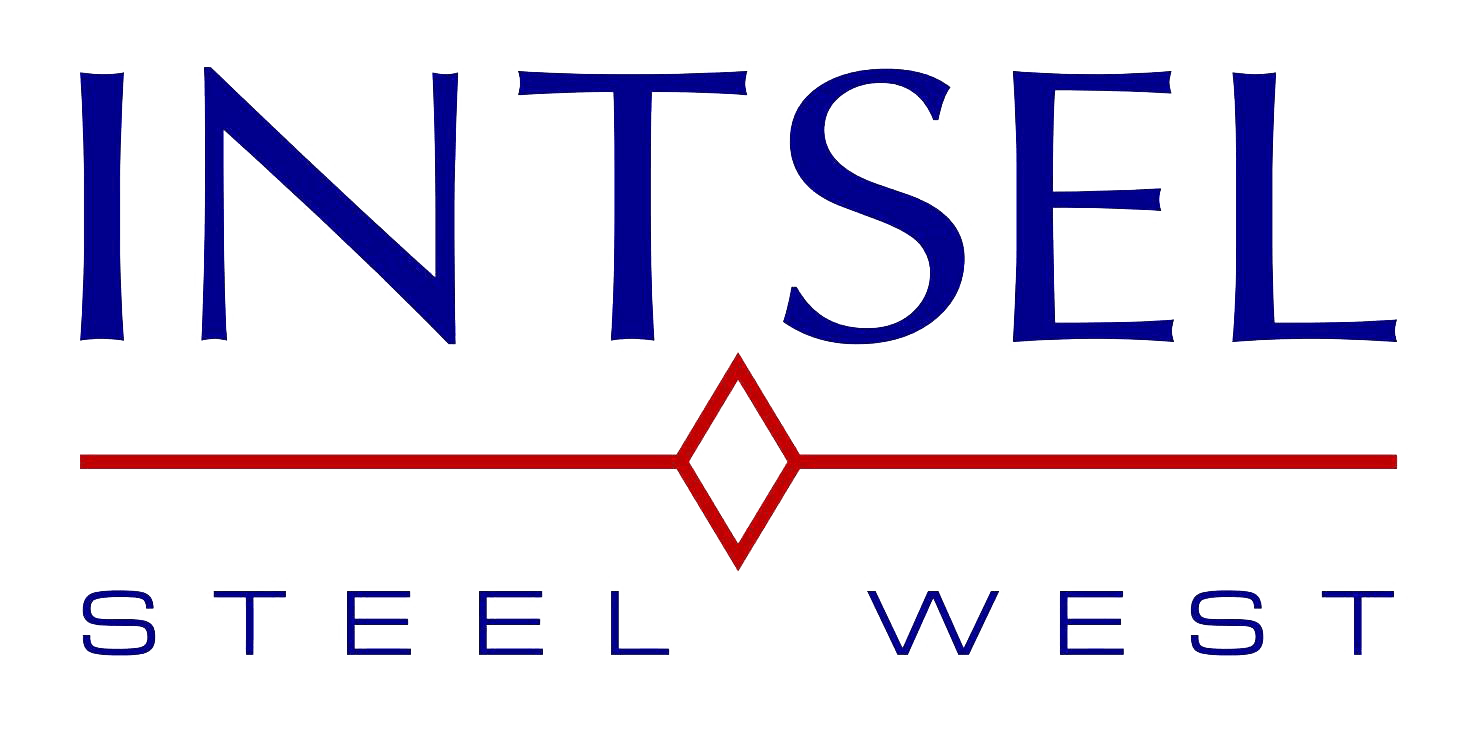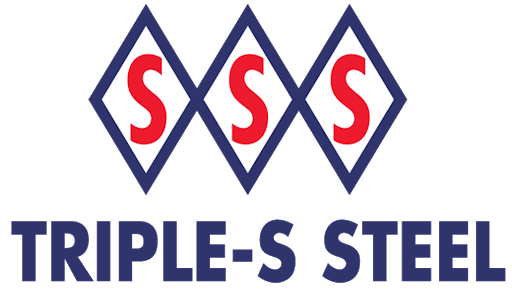



Many types of steel have been developed for a variety of applications. However, two of the most common steels used in manufacturing are hot rolled and cold rolled steel.
Each type has its advantages, uses, and can fit a variety of needs. But what exactly is the difference between hot and cold rolled steel? Read on to understand their differences and their uses.
Hot rolled steel is a type of steel created through a reheating process. The heating process helps remove impurities. It is then allowed to cool just enough to prevent it from becoming a hard-to-machine material called blooming stock.
Once cooled down, the steel is cut to length, bundled, and shipped out. You can use it in various applications that range from structural beam work to hardware items like nails or screws.
Cold rolled steel is hot rolled steel that has been cooled down via a process called cold rolling. Cold rolling begins by passing the metal through a series of rollers. It’ll go from an initial roller over to a second roller and onto a third where it’s reduced in size and thickness.
Now let’s take a look at the difference between hot rolled and cold rolled steel.
Hot rolled welding wire rods are everywhere in the metalworking industry. This category alone makes up roughly $29 billion worth of annual revenue in the US alone.
On average, it only requires roughly half the amount of energy to produce compared with cold-rolled equivalents. Thus, saving on costs across all facets of production.
Since it doesn’t go through further processing, it has coarser grains that make it less flexible but more potent due to its overall composition.
Hot rolled steel is useful in heavy applications such as:
• Automobile frames
• Construction materials
• Structural hot rolled shapes such as beams, angles, and flats
• The produced rods be cut into smaller pieces or bent into specific shapes
Tubing falls under structural hot-rolled shapes; it is flattened by the process to allow manufacturers to create round profiles and complex geometries easier than with other steel products.
By acquiring hot-rolled steel, manufacturers can get precise shapes without having to use high temperatures or electricity. Besides, manufacturers can get more creative with how they get their product to look and feel.
Flat products of almost any thickness and diameter can be built using cold-rolled steel. That’s why it’s one of the most popular metalworking processes in use today.
It also has more precise tolerances in its finished dimensions. This makes it ideal for high tolerance applications such as architectural metals and machine parts.
Due to higher costs and less strength than its counterparts, it’s not ideal for welding wire rods or structural beams.
Common cold rolled steel applications include:
• Automotive
• Aerospace
• Rail
• Machinery
• Paper Printing or Packaging
• Oil and Gas Exploration
The automotive industry requires high-strength steel that can form into complex shapes with ease. Cold rolled steel is perfect for this application because of its greater malleability compared to hot-rolled material.
Cold rolling allows for thin wall thicknesses that are not feasible with other types of steel products. These thinner walls allow manufacturers to implement additional features such as hollow cavities or holes in the part.
Thus, making them lighter without sacrificing their structural integrity.
Cold rolled steel is popular in the aircraft and aerospace industry due to its high yield strength. It can withstand intense heat without deforming.
This material is resistant to corrosion. Its ability to undergo plastic deformation allows for a tighter grip on surfaces exposed to chemicals or environmental factors. Cold rolled steel laminations can be used as cladding or insulation materials in the oil and gas industry. This is vital for pipes carrying corrosive liquids or gases.
Both metals have significant differences. You can experience this from their properties formation. Let’s take a look at its properties formation:
• Its microstructure is less organized compared to cold rolled steel
• Composed of tightly packed grains that are only 0.4 to 3.2 micrometers in size
• Lower yield and tensile strength
• It is easy to shape it into complex geometries such as tubes or pipes
• The rigid set structure cannot be altered except by hot rolling it again
It’s also important to note that hot rolled steel is not very resistant to oxidation. It can warp and change color depending on the surrounding humidity and temperature.
This information will be crucial when purchasing hot-rolled steel. The advantages of this type of steel include good weldability and good fabrication ability. In contrast, its disadvantages include poor impact resistance and toughness.
Unlike hot rolled steel, these metals have different properties. They include:
• Microstructure of cold-rolled steel is more organized compared to the latter
• Composed of tightly packed grains that are up to 0.8 to 3.2 micrometers
• Higher yield and tensile strength
• Lower flexibility and malleability than hot rolled steel
• You can flatten it into thinner sheets without fracturing
• Less rigid after cooling and its structure can change depending on the deepness of the rolling process
• Cannot undergo plastic deformation fast because it requires a higher amount of force for this purpose
The main advantages of cold-rolled over hot-rolled steel include higher strength, better polishability, and improved surface quality. Its disadvantages include poor weldability, an increased hardness that inhibits metals working, and increased brittleness when too cold.
If you’re looking for steel that’ll maintain its properties no matter what kind of weather it encounters, go for cold-rolled steel.
Whether you’re a welder or working in the construction industry, it’s vital to understand the difference between hot and cold rolled steel. This way, you’ll invest in suitable steel at the right amount and for the proper purpose.
Need the best hot rolled and rolled steel at an affordable price? Don’t look further. At Intsel Steel West, we provide the most durable and high-quality hot rolled steel. Contact us for all your hot-rolled steel needs.